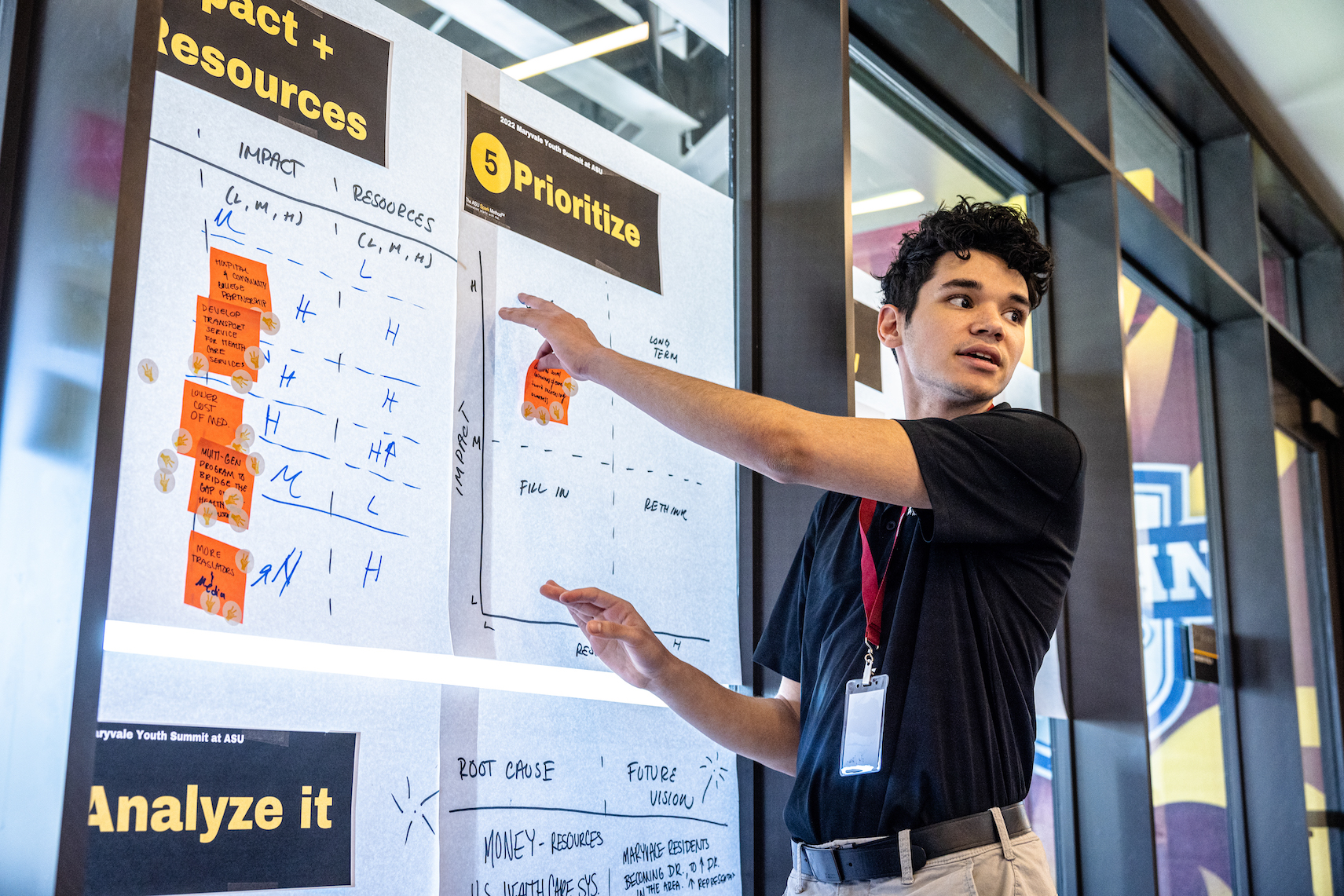Why report?
Social embeddedness refers to the extent to which individuals or organizations are connected or integrated into the social networks, norms, and institutions of a particular society or community. Social embeddedness reports analyze these connections and integrations to better understand the behavior, attitudes, and decision-making processes of individuals or organizations within a given context. These reports can help inform a variety of research questions, from the spread of ideas and information to the study of networks and communities.










